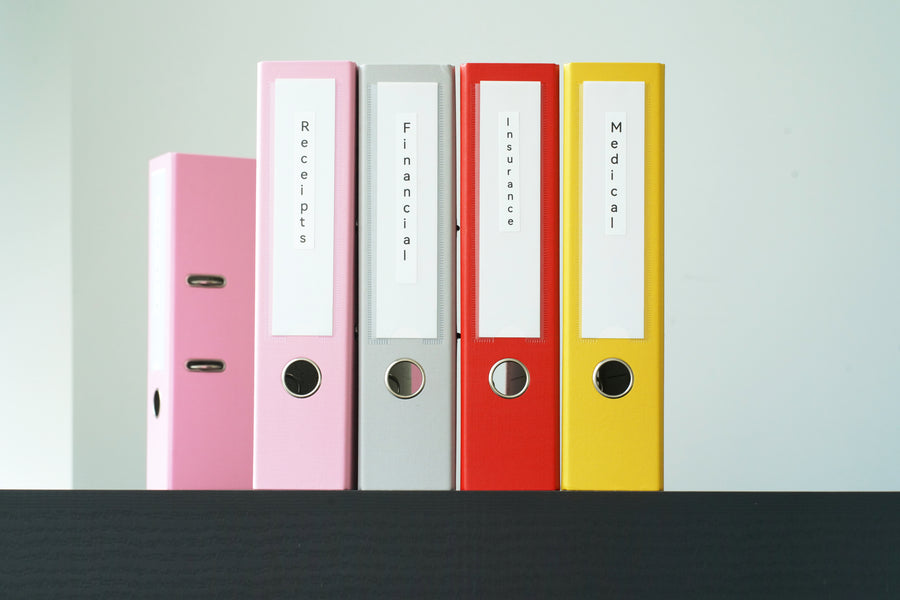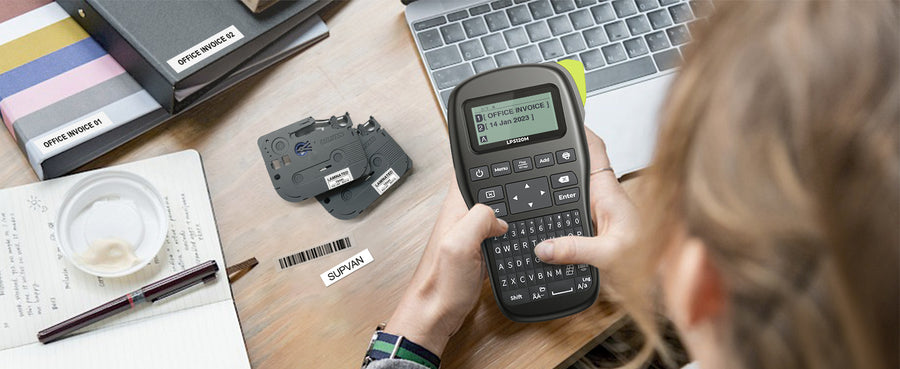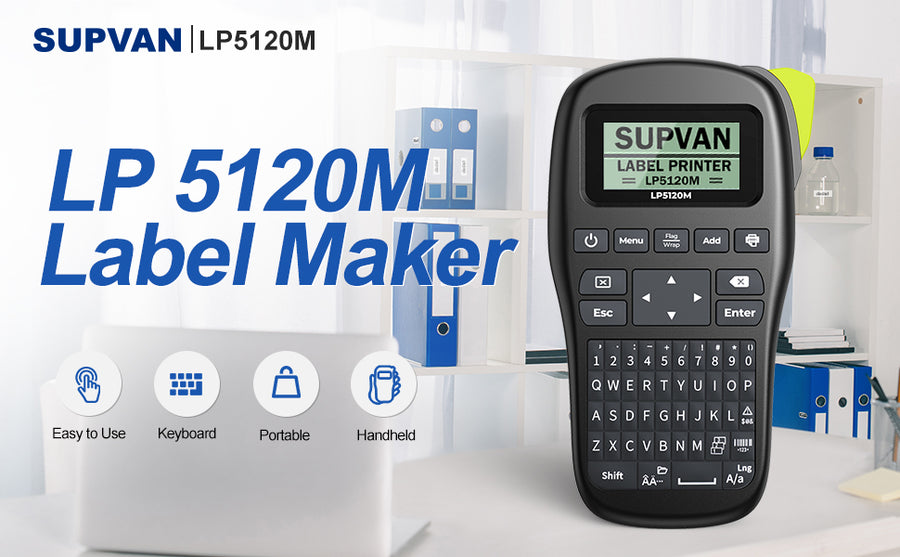You need to print a file for an important meeting, but you can't find the printer on the list of devices or you receive a message saying that your printer is offline?
Well, you are not alone in facing this issue, but don't worry, it is not a difficult problem to solve.
Here are 5 solutions to try. You may not need to try all of them; follow the steps until you find one that works for you.
Before you begin, make sure there are no issues with your printer. If the problem is with your printer, you can seek help from our printer repair service.

Printer not turned on
Your printer may appear offline if it is not powered on. Make sure your printer is properly plugged into a functioning power outlet.
Printer not properly connected to your computer
The offline status of the printer is how the printer indicates that there is a problem with the communication between your computer and the printer, whether it is through a USB cable or a wired/wireless network connection. One of the first things you should check is the connection of your printer to your PC.
Turn off and then turn on the printer to reset it. Wait a moment until it is fully ready to restart.
Check the connection of your printer: Make sure that the printer's USB cable is properly connected to a functional USB port. If your device is connected via a wired internet network, ensure that your printer's cable is securely connected to the Ethernet port and that the network signal on your printer is blinking. If you are connected to a wireless internet network, verify that your printing device is connected to your Wi-Fi network.
If the problem persists, proceed to the next method.
The printer driver is not up to date
You can manually update your printer driver by accessing the manufacturer's website and searching for the latest correct driver. Make sure to choose a driver that is compatible with your operating system. Otherwise, you can do it automatically on the website.
If the error message "The printer driver is not available" appears, try to correct the driver.
The error "The printer driver is unavailable" mainly occurs if the printer driver is not updated or if it is corrupted, due to the incompatibility between the printer driver and the Windows system, or if there are pending Windows updates that have not been installed on Windows 10. Whatever the reason, you can apply a solution to fix the "printer driver is unavailable" error and restore the printer's functionality.
Note: The solutions below apply to all printer manufacturers (HP, Canon, Brother, Epson, etc.). The devices to repair the printer driver are not available in Windows 10.
Fixing the unavailable printer driver in Windows 10
Before applying the troubleshooting steps, first perform the basic steps such as:
- Restart the computer and the printer.
- Check that the USB cable of the printer is properly connected on the PC side and on the printer side.
- Check the printer's network connection status.
- Disable the firewall and antivirus on the computer.
- Run the printer and hardware troubleshooting utility.
After checking the basic steps, first run the hardware and devices troubleshooting tool to verify if there is a problem with the printing device causing the issue. And run the Windows 10 printer troubleshooting tool to resolve issues preventing the printing job from completing.
- Type "troubleshoot" in the search bar of the Start menu and select it.
- In the troubleshooting window, scroll down and look for "Hardware and Devices."
- Select and run the troubleshooter to allow Windows to check and resolve issues with your device and hardware.
- After completing the troubleshooting process, select the printer in the same window and run the troubleshooter.
- Follow the on-screen instructions to allow the troubleshooter to check and resolve printing-related problems.
Once completed, the troubleshooting process restarts Windows and checks if the printer driver problem is resolved.
If, however, the problem still persists, proceed to the next step.
Check the printing status
The automatically updated printer driver provided by your operating system might alter your printer's settings without notifying you. Therefore, you need to ensure that your printer's status is problem-free:
- Turn off the printer, then turn it back on.
- On your keyboard, press the Windows logo key and I at the same time. Click on Devices.
- Click on Devices and Printers.
- Right-click on the icon with a green checkmark and click on See what's printing.
- If what you see here is a gray icon without the green checkmark, right-click on the icon and click on Set as default printer. Then right-click again and click on See what's printing.
- Click on Printer. If you can see a checkmark next to the options Pause printing and Use Printer Offline, click on them to remove the checkmarks.
Try to see if you can print now.
A Print Spooler problem: The printer queue is stuck
If a job is sent to the printer and the device shows as offline, it is likely that the print queue has stopped functioning. The print queue keeps track of jobs sent to the printer, and if this service is down, printing cannot proceed. In some cases, you will receive an error message indicating that the print queue is not working, but in other cases, you will need to troubleshoot and resolve the issue yourself.
- Go to "Control Panel".
- Choose "Administrative Tools" and then "Services". Scroll down to the "Print Spooler" service, right-click on it, and choose the "Start" option to restart the print spooler.
- Click on "Print Spooler" > "Startup Type". Set the startup type to automatic.
- Go to the printer manufacturer's website and download a new driver for the printer. A corrupted or outdated printer driver can cause the print queue to freeze regularly.
Add a second printer
If none of the above methods work, you can still set a manual IP address for your printer and add a corresponding port on your PC. This method only works when the printer is connected via a network instead of a USB cable.
You must have an IP address for your printer. You can usually find it in your printer's manual. If you don't have the manual, try searching for it on the manufacturer's website.
- On your keyboard, press the Windows logo key and I at the same time. Click on Devices.
- Click on Devices and Printers.
- Go to Printer Properties.
- Click on the Ports tab, then click Add Port.
- Select Standard TCP/IP Port, then click New Port.
- Click Next.
- Type the IP address of the printer. Click Next.
As mentioned, finding the IP address of your printer may vary from one printer to another. If you still have the instructions for your printer, refer to them and see if you can find it. Otherwise, visit the manufacturer's support website and search for detailed instructions.

To conclude...
Your offline printer should work properly after trying these solutions. However, if your printer still appears offline, you need to call your printer repair service.






Leave a comment